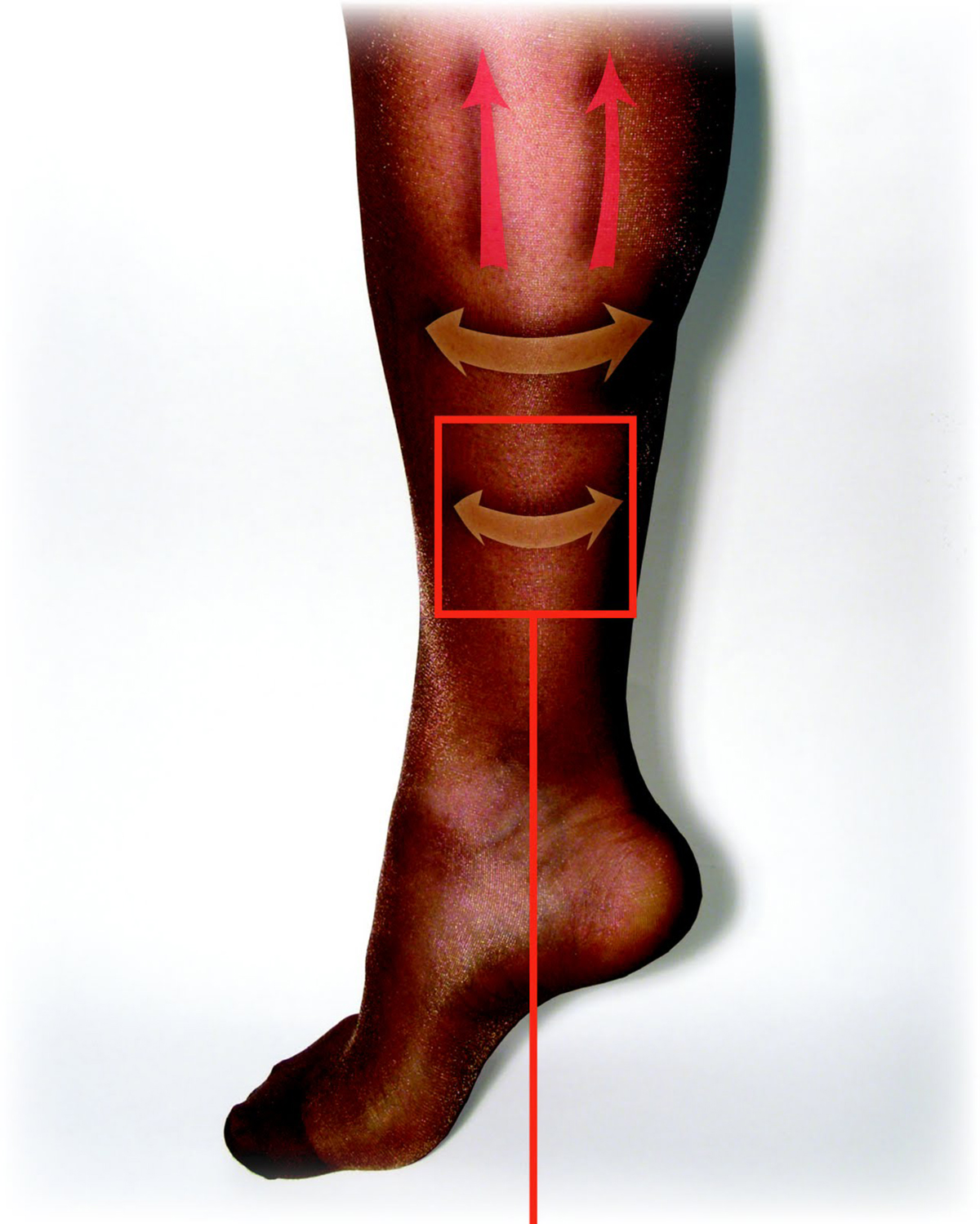
Blood circulation must be impeccable in order for all the cells in the body to function properly. The oxygenated blood is distributed from the heart to all the cells in the body via arteries and blood rich in carbon dioxide returns to the heart via veins. If there is a deficiency of any kind in the circulatory system the blood supply to the affected area decreases and this has negative effects on all the cells deprived from proper blood supply. Poor circulation in legs is a common problem of elderly patients even though it may affect younger people as well. It should be taken seriously and treated according to the underlying cause. Only this way potential damage and complications associated with poor circulation can be successfully prevented.
What Causes Poor Circulation in Legs?
In most patients poor circulation in the legs is a consequence of peripheral vascular disease (PVD). This condition features with many structural changes of the blood vessels in the legs. The affected blood vessels are changed due to the process of atherosclerosis or an inflammation. Furthermore, blood vessels may show signs of thrombus formation which additionally interferes in normal circulation.
Apart from peripheral vascular disease poor circulation in the legs also affects obese people, those suffering from high blood pressure or high levels of cholesterol, phlebitis and varicose veins, diabetes, kidney disease, heart disease and a stroke. Poor circulation in the legs is also possible in pregnant women especially during the third trimester.
Presentation of Poor Circulation in Legs
In initial stages the condition is asymptomatic. Once the blood supply becomes insufficient the symptoms and signs of poor circulation become noticeable. Almost all patients complain about cramps in the legs and occasional numbness. They may also experience pain while walking, running and even at rest. In severe circulation deficiency the skin changes its natural color (discoloration). In some people there is a calf swelling or swelling of the entire limb. And finally, a person's extremity/ extremities may be colder than the rest of the body.
Diagnosis and Treatment for Poor Circulation in Legs
In order to investigate the state of circulation in the legs the doctor performs physical exam and additional tests. Blood pressure in the arms and legs is measured and then compared. Doppler ultrasound and angiography give suitable insight in the blood flow of the blood vessels in the legs. The condition can be also confirmed with magnetic resonance angiography and CT angiography.
Treatment for poor circulation in the legs depend on the underlying cause as well as the severity of the blockage. Mild to moderate problems with circulation can be brought under control with several medications (oral or topical medications). If circulation is severely damaged patients undergo more aggressive treatments such as peripheral artery bypass surgery, angioplasty, revascularization, atherectomy and endarterectomy.


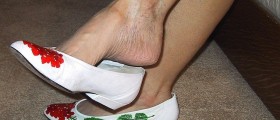





_f_280x120.jpg)
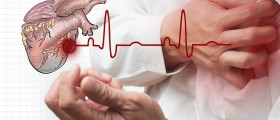


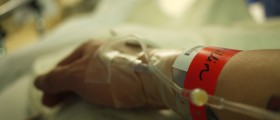
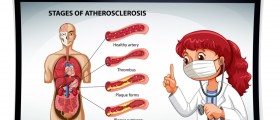



Your thoughts on this
Loading...